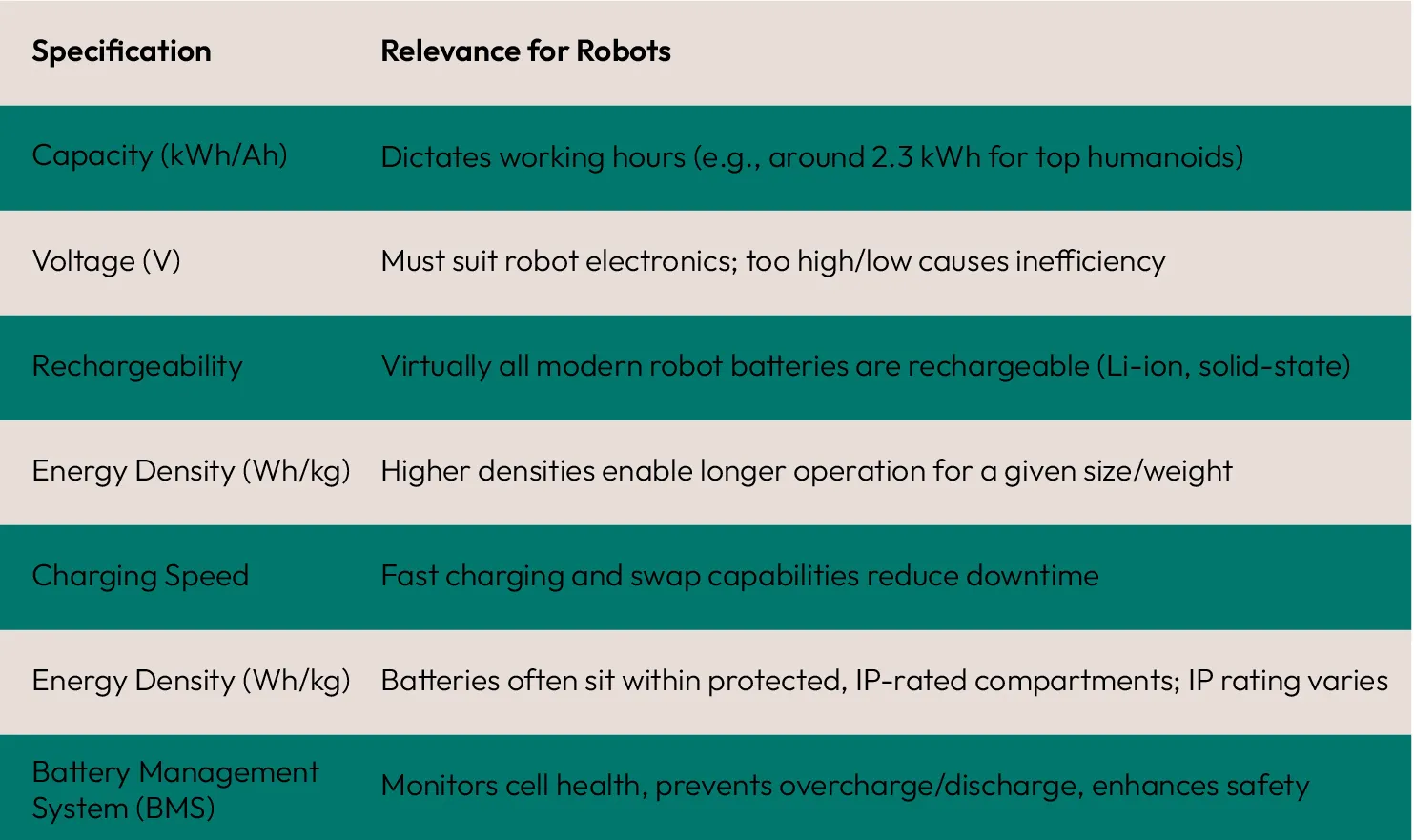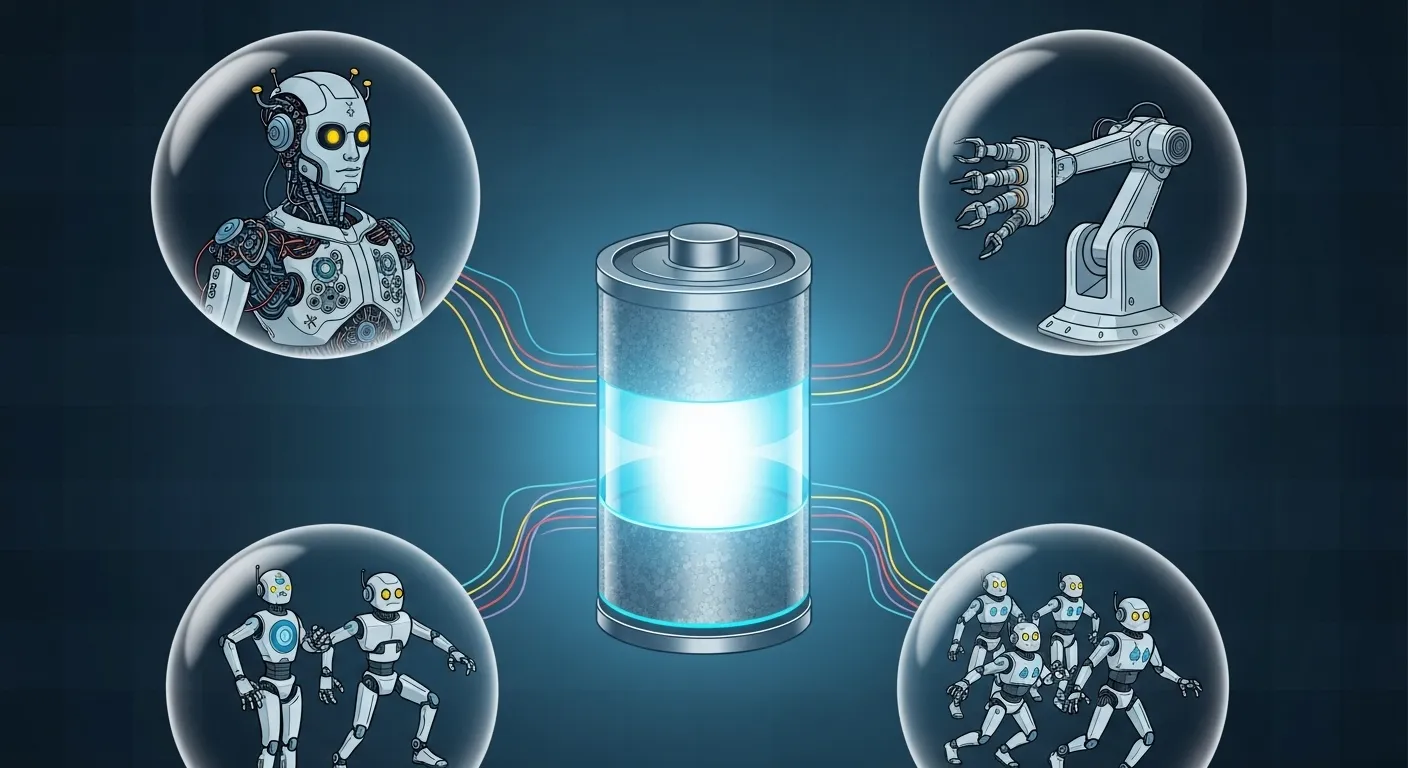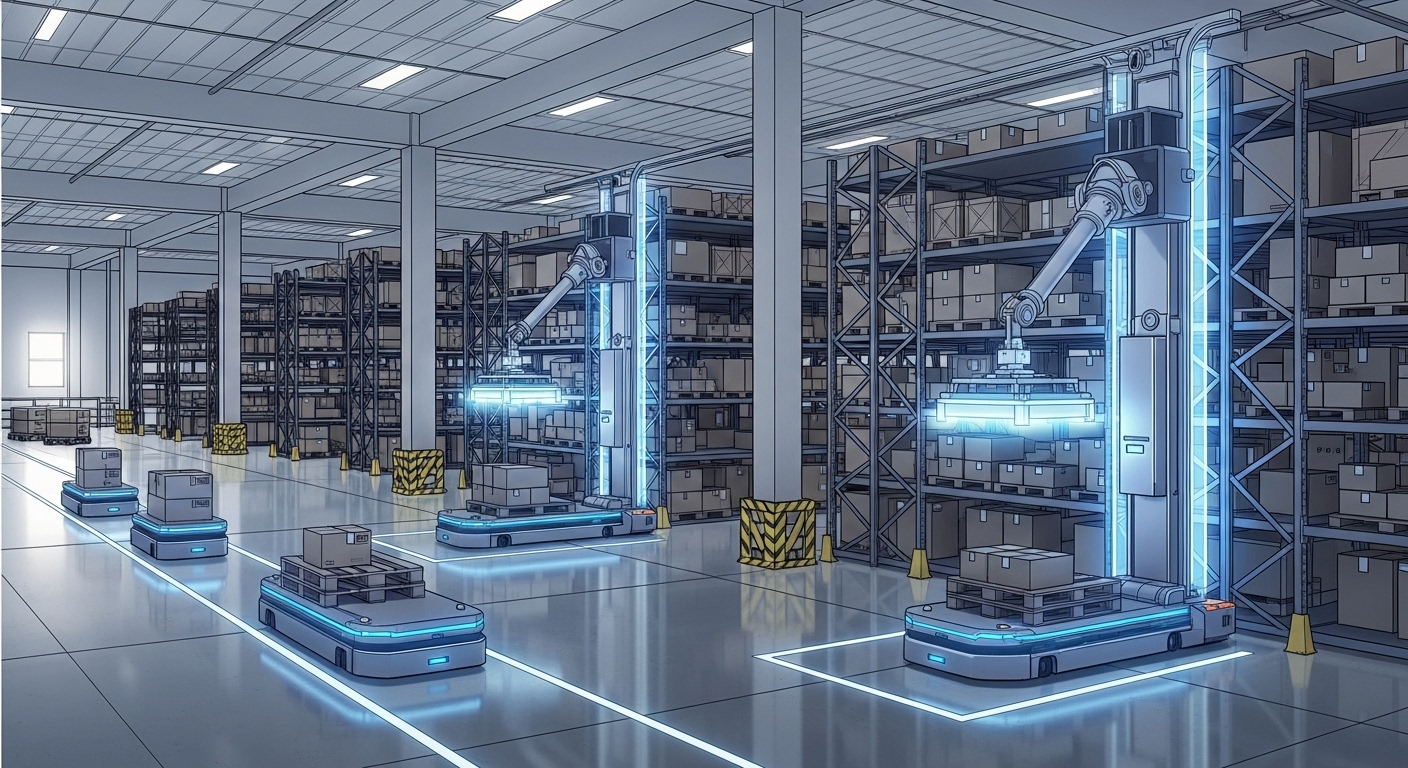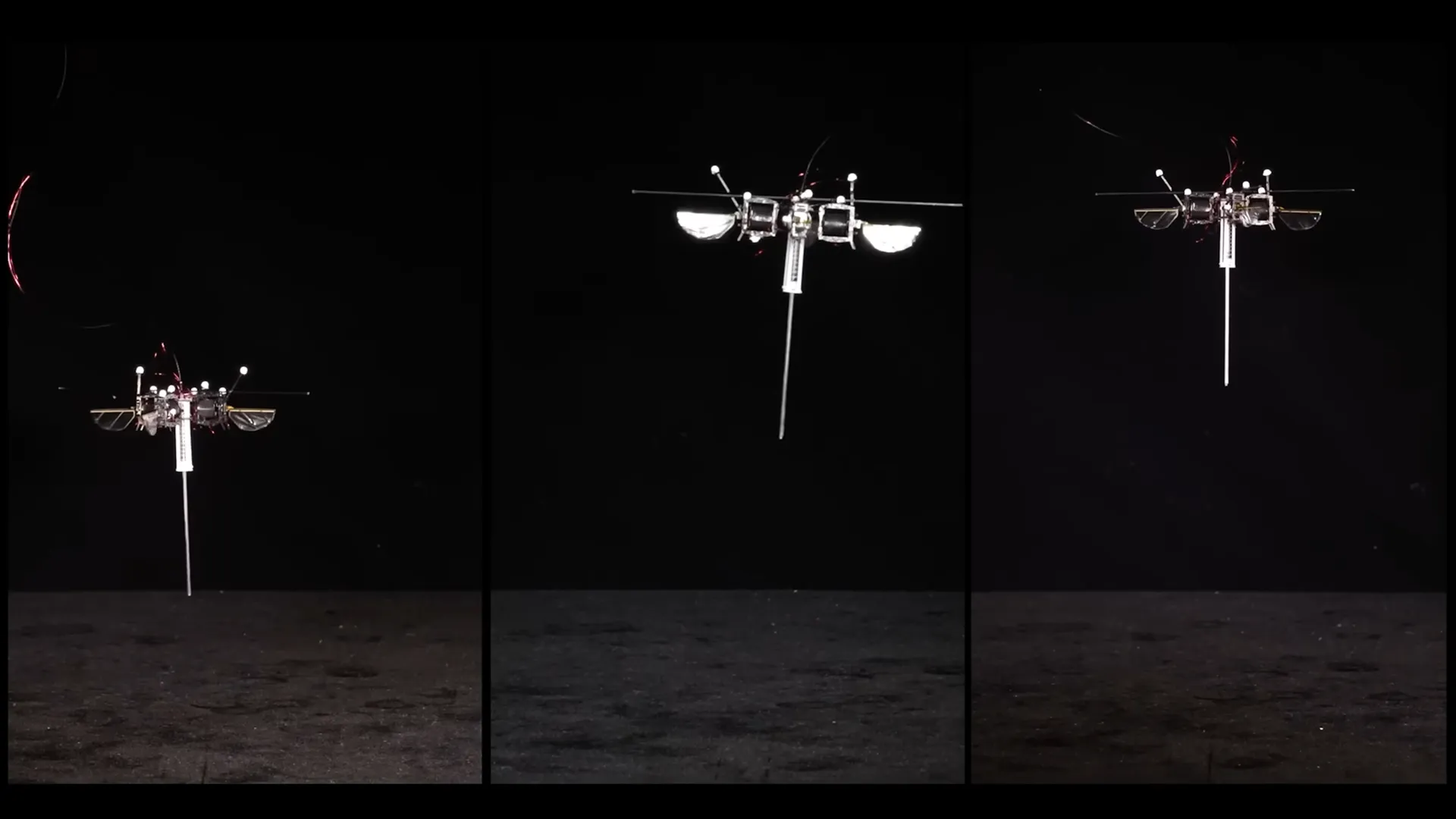- Recent breakthroughs: Figure’s structural battery and UBTECH Walker S2’s autonomous battery swap redefine robot power solutions.
- Most robots rely on lithium-ion batteries; emerging tech includes solid-state and hydrogen fuel cells for better density and safety.
- Critical battery features: capacity, energy density, rechargeability, charging speed, ingress protection, and smart battery management systems.
- Leading batteries deliver up to 2.3 kWh for 4-6 hours runtime; innovations aim to extend operation and reduce downtime.
- The robotics industry helps reduce carbon emissions but faces challenges from battery manufacturing’s environmental footprint.
- Debates include structural battery safety, scalability of autonomous swaps, reliance on lithium-ion vs. next-gen chemistries, charging speed vs. battery longevity, and balancing environmental costs with productivity.
- The future of robotics batteries hinges on balancing technical innovation, sustainability, and practical deployment challenges.
The Power Behind Humanoid and Quadrupedal Robots: A Closer Look at Robot Batteries
The recent evolution in robotics isn’t just about artificial intelligence or dexterous manipulation—it's about autonomy, longevity, and continuous operation. At the heart of these advancements lies the unheralded hero: the battery. As humanoid and quadrupedal robots stride from factory lines into our daily lives, their capacity to perform for hours on end—and even self-manage their power supplies—has become a focal point in robotics engineering.
Pioneering Battery Solutions: Figure and UBTECH Redefine Limits
In 2025, the industry saw two watershed moments that highlight the direction of robot battery technology.
- Figure’s Structural Battery Breakthrough: Figure’s latest humanoid robot, equipped with the third-generation F.03 battery, doubles its system’s capacity compared to earlier versions. Offering 2.3 kWh for around five hours of continuous, high-performance operation, this battery is integrated directly into the robot’s torso, maximizing both weight savings and structural integrity. Innovations include fast charging (up to 2 kW), structural use of casing materials like stamped steel and die-cast aluminum (serving as both frame and heat pipe), and active forced air cooling. An in-house Battery Management System (BMS) ensures optimal safety and performance by monitoring battery health and preventing faults.
- UBTECH's Autonomous Battery Swap on Walker S2: UBTECH’s Walker S2 humanoid brings game-changing autonomy to battery management. It’s the world’s first commercial robot to autonomously swap batteries without any human intervention or shutdown; the process is completed in just three minutes. At its core is a dual-battery system that enables power balancing, seamless hot swapping, and independent battery module functioning as a structural element. The robot’s ability to choose between automatic battery swap or charging based on workload translates into genuine round-the-clock operation, decreased maintenance, and unprecedented production efficiencies.
Anatomy of a Robot Battery: Materials, Types, and Performance
Beneath the skin of these robots, the battery is a highly engineered component, designed for more than just energy storage.
Common Battery Types in Robotics
- Lithium-Ion (Li-ion): High energy density, rechargeability, and long cycle life make Li-ion batteries the go-to choice in most humanoid and quadrupedal robots. They allow for compact designs and lengthy runtimes in line with real-world demands.
- Solid-State Batteries: An emerging upgrade offering even greater energy density, faster charging, and lower risk of thermal runaway due to solid electrolytes. This increases both safety and storage for robots working among people.
- Hydrogen Fuel Cells: Still experimental for robots, these cells produce power with water as their only byproduct, making them attractive for future sustainable robotics. Storage and refueling logistics remain hurdles.
Key Technical Features:

Typical Capacities & Performance
- Modern humanoid robots (e.g., Figure’s F.03, Tesla Optimus) commonly feature lithium-ion battery packs between 0.8–2.3 kWh, delivering 4–6 hours of runtime depending on task intensity.
- Solid-state batteries and advanced modules anticipate even longer runtimes as they become commercially viable.
Industry-Leading Batteries
Some notable examples of high-performing batteries in the humanoid segment:
- Figure Humanoid F.03 Battery: 2.3 kWh, structurally integrated, fast-charging, high energy density, robust BMS, designed to suppress thermal runaway events.
- Tesla Optimus: Reported 2.3 kWh, 52V lithium-ion battery system, engineered for factory and industrial deployment.
- Unitree H1: 0.864 kWh lithium battery tailored for quadrupedal stability and agility.
- UBTECH Walker S2: Dual-battery, hot-swappable system with real-time power balancing and safety features for industrial uptime.
Environmental Impact: The Robotics Battery Footprint
The carbon footprint of robotics—and robot batteries—merits serious attention. The good news is that robots, when deployed in manufacturing, logistics, and critical infrastructure, have shown to reduce net carbon emissions. By optimizing operations and boosting efficiency, industrial robots can facilitate significant CO₂ reductions. Recent studies suggest robotics and AI could help cut up to 18% of US emissions by 2030—equivalent to taking more than half the country’s gas-powered cars off the road. Battery manufacturing itself remains energy intensive, but ongoing improvements in cell chemistry, recycling, and renewable-energy integration are expected to lower lifecycle emissions over time.
Emerging Debates: Challenges & Controversies in Robot Battery Tech
Despite the clear progress, several issues spark debate among experts and enthusiasts alike:
- Should structural batteries become the norm?
Figure’s integration of batteries as structural elements cuts weight and optimizes space, but critics question potential repair challenges and safety risks in case of battery damage. Does embedding batteries into load-bearing components compromise long-term maintenance and robot durability?
- Are autonomous battery swaps scalable for all robot types?
UBTECH’s battery swap is revolutionary for factory robots, but can hot-swappable batteries and the associated complex hardware add unnecessary cost and bulk for lower-cost or service-level robots? Also, might autonomous swaps lead to increased electronic waste if battery modules proliferate?
- The Lithium-Ion Reliance vs. Next-Gen Chemistries
Li-ion dominates now, but supply chain constraints and ethical sourcing of lithium and cobalt raise concerns. Should the industry push harder for solid-state or alternative chemistries despite current costs and development hurdles, or is incremental improvement of Li-ion safer and more practical?
- Battery Charging Infrastructure vs. Battery Life Trade-Off
Fast charging improves uptime but can accelerate battery degradation. What balance should robot developers strike between maximizing operational availability and ensuring battery longevity? Could ultra-fast charging undermine the sustainability gains by requiring more frequent battery replacements?
- Environmental Costs vs. Productivity Benefits
While robots reduce operational carbon footprints, the environmental cost of battery production and disposal remains substantial. How should companies weigh these factors? Will battery recycling methods keep pace with anticipated robot adoption, or will e-waste become a new crisis?
Final Thoughts
Modern robotics is at an energy inflection point. Batteries—once the limiting factor—are now enablers of true autonomy, continuous work, and sustainable systems. The rapid advancements in battery technology, from structural designs and hot-swapping to AI-driven management and safer chemistries, are laying the foundation for a new age of tireless, intelligent machines—utterly transforming industries and, perhaps soon, daily life.
Yet, as we embrace these breakthroughs, it’s essential to confront the challenges and debates that come along. Only through open discussion and thoughtful innovation can robotics achieve its full potential, powering a future where humans and robots coexist sustainably and efficiently.






